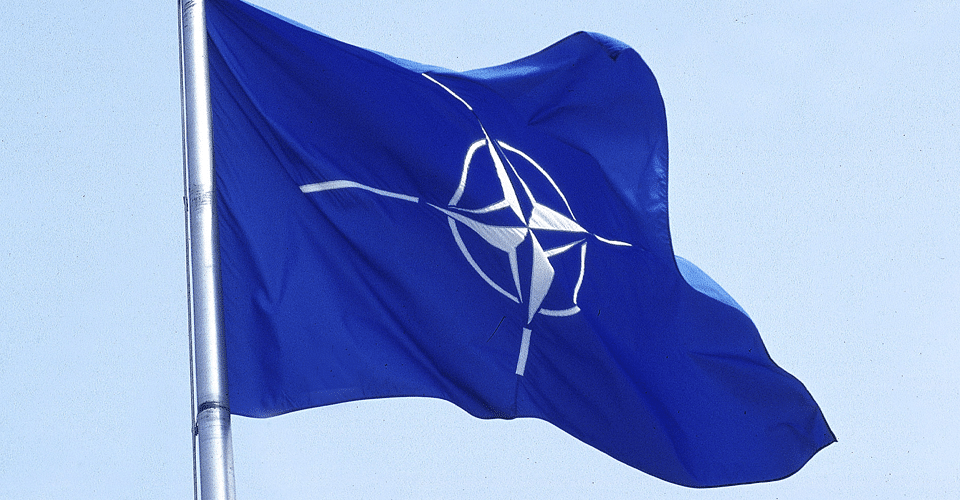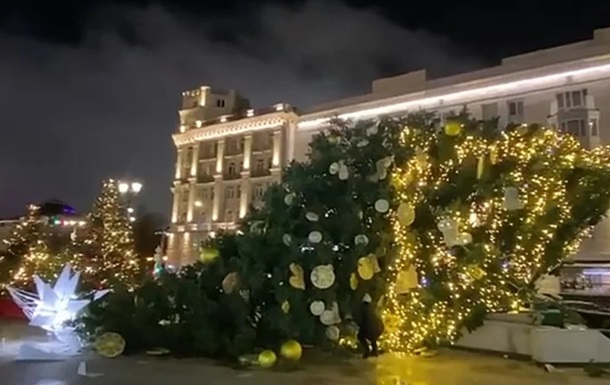Игристое вино является одним из самых востребованных напитков в праздничные дни. Будь то выпускной, свадьба, корпоратив, День рождения или Новый год, игристое вино создаст необходимое праздничное настроение. Узнаем более детально об игристых винах и выделим наиболее популярны, на которые стоит обратить внимание.
Виноград и терруар
Под терруаром мы подразумеваем совокупность элементов, позволяющих получить сырье для конечного вина; поэтому не только почва, но и микроклимат местности и качество сорта винограда.
Наиболее подходящими для производства игристых вин являются, безусловно, территории с умеренно-холодным климатом, с маломощными почвами, а также известковыми или частично глинистыми почвами (но также галечными и рыхлыми) с умеренным плодородием. Важно, чтобы эти земли располагались в предгорьях или холмах с хорошей экспозицией.
Лозы для игристых вин различаются в зависимости от характеристик, которые необходимо получить. Наиболее популярные сорта, такие как пино нуар, шардоне, подходят как для классического метода, так и для метода Шарма; напротив, ароматные сорта винограда, такие как москато, мальвазия, в основном предрасположены к методу Шарма.
Наиболее популярные сорта для производства игристых вин:
- шардоне
- пино нуар
- пино менье
- пино бьянко
- глера (просекко)
- рислинг
- мюллер тургау
- кортезе
- москато
- мальвазия
- пино гриджио
- совиньон блан
Разнообразие игристых вин
Игристые вина производят в разных странах, используя различные методы изготовления.
Выделяют три основных метода:
- классический — его используют для изготовления шампанских вин, франчакорты и т.д. Суть его заключается в том, что вторичное брожение проходит в бутылке и таким образом вино насыщается углекислым газом.
- метод Шарма-Мартинотти — изготовление просекко. В этом случае вторичная ферментация проходит в резервуаре.
- производственная газация — штучное насыщение вина углекислым газом.
Выделим некоторые популярные игристые вина, на которые стоит обратить внимание.
Просекко
Prosecco — самое продаваемое игристое вино в мире, с тонкими ароматами цветов и фруктов, живой, нетребовательный напиток с легкой структурой и большим удовольствием. Это квинтэссенция веселья, простое, непосредственное, неотразимое и идеальное для сопровождения бесконечного количества блюд.
Для изготовления просекко используют виноград сорта глера (согласно нормативным документам его часть в купаже должна быть не менее 75%), а также некоторые другие сорта в меньшей степени.
Это игристое вино производят методом Шарма-Мартинотти, что подразумевает вторичное брожение в резервуаре. Таким образом происходит насыщения вина углекислым газом.
Просекко — универсальное вино, что покоряет всех своей легкостью, яркостью и дружелюбностью
Кава
Лучшее и наиболее популярное испанское игристое вино — кава, которое производится по той же технологии, что и французское шампанское. Это вино традиционно производится из винограда трех сортов, а именно макабео (виура), ксарелло и парельяда. Однако иногда используются и другие сорта винограда, такие как шардоне.
Кава — это прекрасный аперитив, а также сочетается с большим количеством блюд.
Франчакорта
На этикетках этого итальянского белого вина вы никогда не найдете слово «спуманте», так как эти знаменитые пузырьки хотят отождествляться только с Франчакорта, названием территории их происхождения.
Франчакорта имеет нежный и гармоничный аромат, с оттенками хлебной корки и дрожжей, а также цитрусовых и сухофруктов.
Вкус сухой, сбалансированный, насыщенный, элегантный и пикантный, а также тонкий и стойкий перляж.
Шампанское
Шампанское является синонимом особых случаев, класса и роскоши в мире. Бесспорная звезда крупных событий, это игристое вино всегда было идеальным для спуска корабля на воду, чествования чемпиона или тоста за собрание.
Шампань — неподражаемая территория по качеству продукции: отчасти потому, что там изобрели классический метод и начали его применять как минимум на 200 лет раньше других, отчасти из-за особенностей территории. Классический метод заключается в том, что вторичная ферментация проходит в бутылке. Пино нуар, пино менье и шардоне на сегодняшний день являются основными и самыми популярными сортами для изготовления этого игристого вина.
Шампанское является прекрасным аперитивом, а также можно сочетать с канапе из креветок в желе или классической икрой, но также оно удивляет смелыми сочетаниями с более прозаичной салями Felino. От простой запеченной рыбы до трески в креме, проходя через простоту котекино с чечевицей, шампанское сможет разбить сердца даже самых скептически настроенных.


 3169
3169












